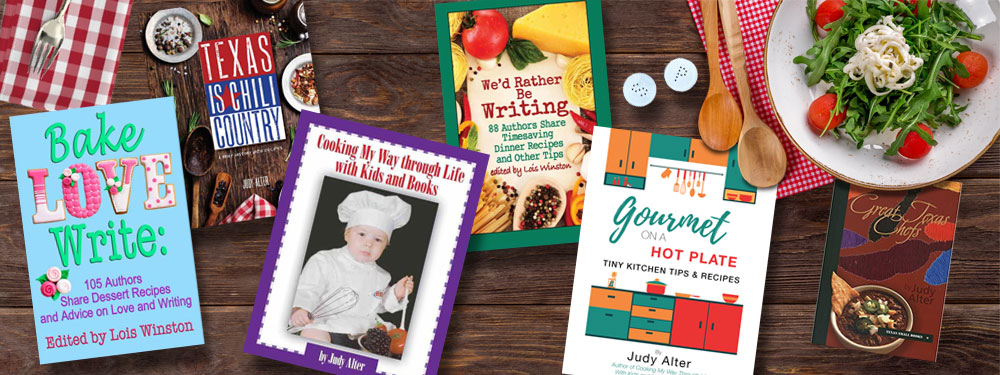
I wish I could say this is the one I baked, but, alas,
it is a free image grabbed from the net
In his
New York Times cooking column this week, Sam Sifton offered a recipe for
tourtière, the French Canadian two-crust meat pie that first appeared in Quebec
and is traditionally served at Christmas and the New Year. Originally the pie
was filled with pork, cut in tiny pieces, and other meat, even wild game. Many
cooks today use ground meat. Sifton’s version, however, mixes the two versions
and calls for chunks of pork shoulder with chicken thighs and ground pork. As Sifton’s
recipes are usually excellent, I clipped it and saved it. But the complexity
may put it beyond the capabilities of my kitchen—or me as a hot-plate cook.
By
coincidence, I made a much simpler tourtière for supper Monday night. Comparing
the two made me realize all over again that to cook with a hot plate and a
toaster oven instead of a stove and in a kitchen with limited counter space,
you have to make compromises.
The
first compromise I made was using a prepared pie shell, admittedly not as good
as homemade (Sifton’s recipe puts two sticks of butter in the crust!) but
easier in my limited space. While I have a rolling pin, I don’t have a pastry
board (I used to have marble) and not enough counter space to roll out dough.
Besides, pie crusts are not one of my best accomplishments.
Here’s
what I used for the filling:
1.5 lbs. ground sirloin
1 cup onion, diced
2 cloves garlic, minced
2 bay leaves
1 tsp celery salt
¼ tsp. allspice
¼ tsp. black pepper
Salt to taste
A generous splash of
Worcestershire
1.5 cups beef stock (from
Better than Bouillon)
1 medium potato
Sauté the onion and garlic quickly, add beef and cook over
medium heat until there is no pink. Add the bay leaves, celery salt, pepper,
allspice, salt and Worcestershire. Stir thoroughly to mix spices in and add the
beef broth. Bring to a simmer. Here’s the weird part: grate your potato and
stir that into the mixture. The potato will soak up the liquid. When the liquid
is almost all absorbed (the surface looked dry, but a good stir revealed a nice
bit of moisture), take the pan off the heat and let it come to room
temperature. You don’t want to put a hot meat mixture into an uncooked pie
shell.
Line a
pie plate with one of the crusts. As always sprinkle a little flour over the
bottom so it doesn’t stick (my prepared crusts came already floured). When meat
mixture is cool, spoon into the pie shell. Carefully place the other crust on
top, crimping the edges and poking steam vents in it. For a shiny surface,
brush the top with a mixture of egg yolk and water, about 2 tsp.
Bake
at 375o until crust is browned and meat is bubbly—about 25 minutes.
We served it with Christian’s green beans—sauteed in bacon grease and seasoned
with cider vinegar. A good meal on a chilly fall evening.





